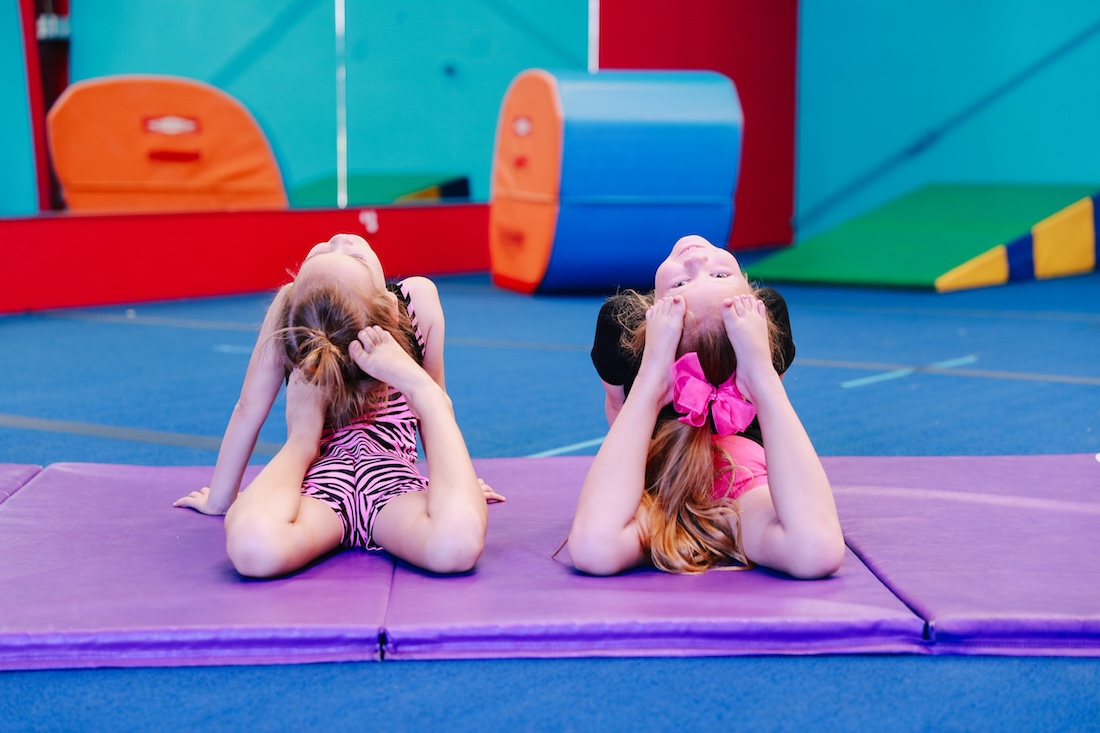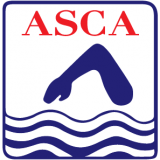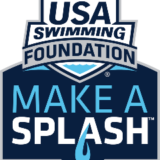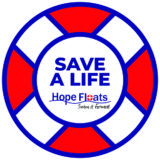
Gymnastics is one of the most dynamic and rewarding activities for a kid to participate in. It combines physical fitness, mental discipline, and, most importantly, fun!
At America’s Kids In Motion, kids learn gymnastics in safe, supportive environments that encourage them to develop their flexibility, strength, and self-confidence, laying the groundwork for a healthy and active lifestyle.
Here’s what to know about the impact of gymnastics on kids’ strength, flexibility, and overall early child development.
Do gymnastics classes build flexibility?
Flexibility is a cornerstone of gymnastics. Kids learn to stretch and elongate their muscles, enhancing their range of motion.
Gymnastics lessons incorporate exercises like splits, backbends, and bridges, which target major muscle groups and improve joint mobility. Increased flexibility helps gymnasts perform complicated moves with ease and reduces the risk of injuries.
Dynamic stretches, like leg swings and arm circles, prepare the body for movement, while static stretches, like splits, deepen flexibility over time. Improved flexibility extends beyond the gym – it supports kids’ success in other sports and physical activities, too.
Benefits of Gymnastics Classes: Why Parents Register Their Kids
Many parents sign their kids up for the benefits of gymnastics classes. Beyond the physical benefits, gymnastics encourages mental and emotional growth. Some of the most popular reasons parents enroll their kids in gymnastics include:
Physical Fitness
Gymnastics promotes strength, flexibility, coordination, and balance, setting a strong foundation for lifelong health.
Discipline and Focus
The structured environment of gymnastics helps foster a habit of listening, following instructions, and working consistently toward goals.
Confidence Building
Mastering new skills boosts self-esteem and resilience and sets kids up to tackle challenges with a positive mindset.
Social Development
Gymnastics classes provide opportunities to build friendships, learn teamwork in a supportive environment, and encourage them to create community outside of school.
Do Gymnastics Classes Build Strength?
Yes! At America’s Kids In Motion, a gymnastics curriculum isn’t complete without strength training. This component is integral to any quality gymnastics instruction.
Strength building makes kids more equipped to tackle demanding skills and protects against injuries. Gymnasts require both upper and lower body strength to perform routines on various pieces of equipment, like the balance beam, rings, or parallel bars.
In gymnastics lessons, children engage in bodyweight exercises like push-ups, pull-ups, and planks. These movements develop core strength, arm power, and leg endurance. A strong core is especially important because it stabilizes the body and allows gymnasts to perform flips, twists, and holds with precision.
Strength training also promotes muscle development, improves posture, and boosts overall physical performance. By building strength early, kids gain the physical capacity to advance to more challenging skills as they grow – and this strength can also serve them in other sports down the line.
Skills Needed for Flexibility and Core Strength
Gymnastics builds upon a foundation of essential skills that promote flexibility and core strength. These basics serve as stepping stones to more advanced techniques, including:
Forward and Backward Rolls
These foundational moves teach body awareness and control.
Handstands
Handstands are a critical skill for balance and upper body strength and require significant core engagement.
Bridges
This exercise stretches the back, shoulders, and hips, improving back flexibility.
Splits
Mastering splits enhances hip flexibility and strengthens the legs.
Cartwheels
Cartwheels are often among the first gymnastics skills kids will learn. They require a combination of balance, coordination, and strength.
These skills all center on the importance of using correct form and technique to maximize safety. Coaches guide kids through these movements step-by-step, allowing them to progress at their own pace.
How Gymnastics Impacts Early Child Development
Gymnastics lessons are more than a physical activity; they are a developmental tool.
During the early years, children experience rapid growth in their motor skills, cognitive abilities, and social-emotional capacities. Gymnastics supports these areas in several ways:
Motor Skill Development
This includes activities like jumping, tumbling, and balancing to enhance coordination, agility, and spatial awareness.
Cognitive Growth
Gymnastics involves problem-solving, memorization of routines, and strategic thinking, all of which stimulate brain development.
Emotional Resilience
The challenges of learning new skills teach perseverance, patience, and stress management.
Social Skills
Working with peers and coaches fosters communication, cooperation, and respect for others. Moreover, the confidence gained from mastering gymnastic skills carries over into academic and social settings, creating well-rounded individuals.
Why Gymnastics Lessons are a Gift for Your Little One
Enrolling your child in gymnastics is an investment in their future. The benefits of gymnastics – including flexibility, strength, and early childhood learning – make it an excellent option for any young person looking for an activity that’s both fun and educational.
Gymnastics can create a foundation of physical health, mental discipline, and social skills to serve kids throughout their lives. At America’s Kids In Motion, we offer gymnastics lessons in the Fresno, CA, area for kids of all ages and skill levels.
From our Gym U Tots program focused on early childhood development to our nationally recognized advanced program for older kids, we have something for every child. Contact us today to get started!




